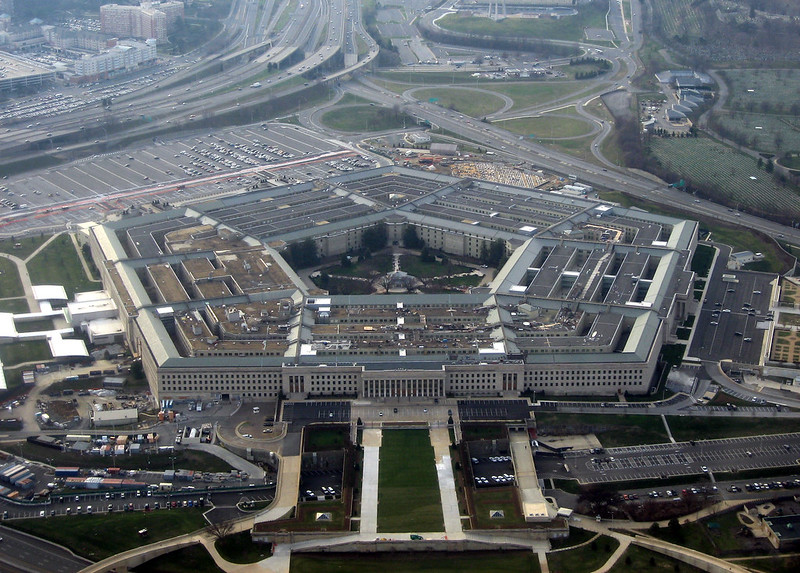WASHINGTON — The chair of the House Armed Services Military Personnel Subcommittee grilled Pentagon officials Wednesday about the rising suicide rate among members of the military, saying the Defense Department is not “providing the right resources at the right time or at the right place,” while experts said the assessment process is flawed.
The suicide rate for active-duty service members rose to 28.7 deaths per 100,000 individuals in 2020 compared to 26.3 deaths per 100,000 in 2019, according to the Department of Defense’s Annual Suicide Report.
In 2020 alone, 580 members died by suicide. Pentagon officials said they do not have suicide rates for 2021 yet.
The Department of Defense has introduced various suicide prevention initiatives over the past decade. But during Wednesday’s hearing, veterans’ advocates said the programs aren’t making a meaningful difference in preventing deaths.
When asked by lawmakers to explain the increased numbers, officials from the department pointed to the complicated nature of suicide and the many contributing factors that lead to death by suicide in service members and the general population.
Some lawmakers, including subcommittee Chair Jackie Speier, D-Calif., pushed back against the limited response.
“It’s different in the military,” Speier said. “You have control over your service members. You can query them. You can have them seek services.”
Speier said that she has spoken with family members of Army soldiers who have died by suicide in Alaska, where the rate is extremely high. “In every instance, the message was clear – we are not doing enough.”
“We’re not providing the right resources at the right time or at the right place so that soldiers and their families can overcome the burdens that are pushing them over the edge.”
Veterans’ health advocates agreed, highlighting the lack of meaningful resources, especially when it comes to assessing those at risk.
Craig Bryan, director of the suicide prevention program at The Ohio State University Wexner Medical Center, said part of the problem is concern that admitting to suicidal thoughts could hurt service members’ careers.
For example, if people with top-secret clearances decide to seek help from a mental health professional, they typically must report their decision to their command, risking loss of the clearance or other negative career impacts, Bryan said.
“The irony in many ways is that we’re encouraging people to get help, but we have policies in place that actually directly impede our ability to do that,” Bryan said.
Beth Zimmer Carter, a volunteer with Tragedy Assistance Program For Survivors, agreed.
While the military does conduct mental health screenings, Zimmer Carter said that answering questionnaires honestly can compromise a person’s deployment, saying “it doesn’t seem to be very meaningful assessment.”
Zimmer Carter’s son, Special Forces Army Ranger Christopher Carter, died by suicide at age 22 in 2015.
Bryan’s research funded by the Department of the Defense shows similar conclusions, he said.
When conducting a study aimed at improving screening, Bryan said that he and other researchers found that expanded questioning about suicidal ideation did not meaningfully improve detection rates because the first onset of suicidal ideation occurs on the same day that the suicide is attempted.
“They’re having this incredibly fast transition from a low-risk to high-risk state,” Bryan said.
To screen effectively, service members would have to be asked multiple times a day if they are considering suicide to meaningfully improve detection, which is not feasible, he said.
Instead, Bryan said that military health professionals should be more strategic about what it means to screen and “move away from this obsession with suicidal ideation as the only or the most effective way to do screening.”
Speier said that Congress should address ways to reduce military suicide rates when writing the National Defense Authorization Act for next year.


